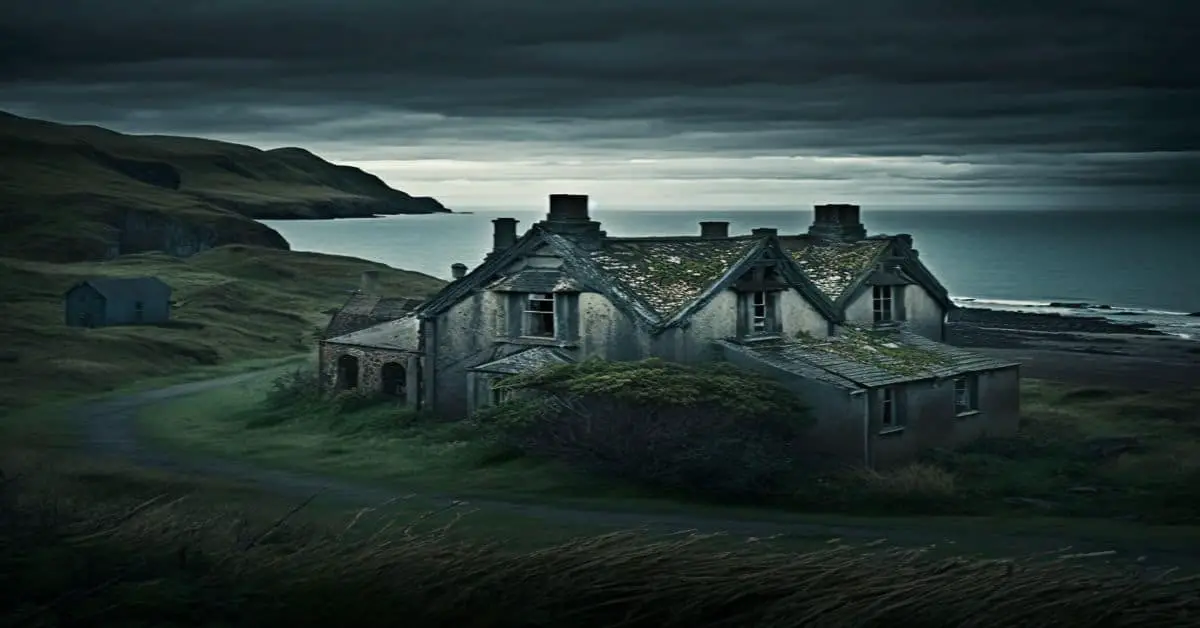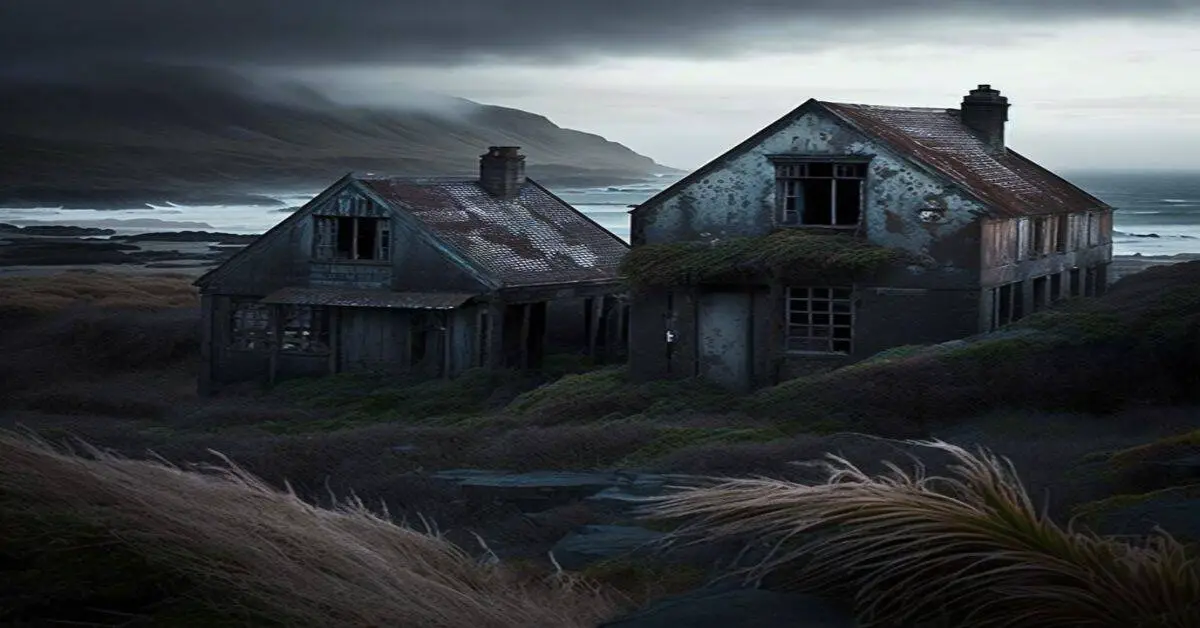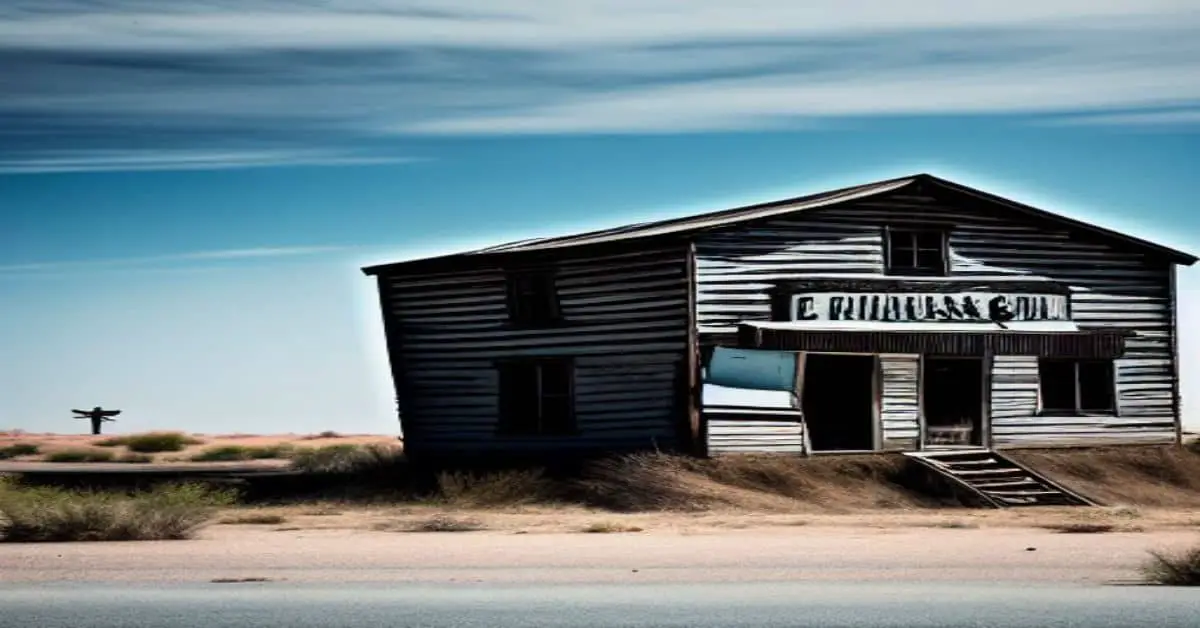Cassia County in Idaho is home to several abandoned settlements, known as ghost towns, that are shrouded in mystery and intrigue. These towns were once bustling with life, but now they stand as eerie reminders of the past. While limited information about these ghost towns is available, hidden stories and secrets are still waiting to be uncovered.
This article aims to explore the forgotten history of Cassia’s ghosts and allow readers to discover the remnants of the past. In this article, we will focus on one of Cassia County’s most prominent ghost towns, Albion, and delve into its brief history. We will also explore other abandoned places in the region, shedding light on the lives of those who once called them home.
By examining the remnants of the past, readers will gain a deeper understanding of Idaho’s hidden history and the lives of those who lived there. With links to books and things to do, this article will inspire readers to delve into the world of Cassia’s ghosts and uncover the hidden secrets.
Key Takeaways
- Cassia County, Idaho is home to several ghost towns that remind of past boom and bust cycles in mining, ranching, and agriculture.
- Albion, one of Cassia County’s most prominent ghost towns, was once a bustling town with a population of over 500 people in the late 1800s and served as the county seat from 1879 to 1918.
- Visitors can explore the remaining structures of Albion, including the courthouse, schoolhouse, and cemetery, to contemplate the lives of those who once called the town home.
- Cassia County’s abandoned places, including mines, mills, homesteads, and ghost towns, offer a unique opportunity to explore the history and challenges faced by Idaho’s early settlers, and are a testament to the resilience and determination of the people who once called the area home.
Ghost Towns in Cassia County
Delving into the hidden history of Cassia County, it is noteworthy to highlight the presence of ghost towns, such as Albion, which are documented on Ghosttowns.com.
These abandoned structures and forgotten communities offer a glimpse into the cultural and economic past of the region.
Ghost towns are a testament to the boom and bust cycles of mining, ranching, and agriculture that once thrived in Cassia County.
Albion, in particular, was once a bustling town with a population of over 500 people in the late 1800s.
It was the county seat of Cassia County and boasted a school, a courthouse, a hotel, and several saloons.
However, as the mining industry declined and the railroad bypassed the town, Albion slowly became a ghost town.
Today, visitors can explore the remaining structures, such as the courthouse and the schoolhouse, and contemplate the lives of those who once called Albion home.
Albion: A Brief History
Albion, located in Cassia County, has a brief history as a ghost town, according to the information provided on Ghosttowns.com.
The town was founded in 1874 and was named after Albion, Illinois.
It served as the county seat of Cassia County from 1879 to 1918, but due to a fire that destroyed the courthouse, the county seat was moved to Burley.
Despite being a ghost town, Albion still has some notable landmarks.
The Albion State Normal School was established in 1893 and was the first teacher training institution in Idaho.
Today, the campus is home to the Albion Campus of the College of Southern Idaho.
The town also has a cemetery that dates back to 1876 and is the final resting place of many of Albion’s early settlers.
Despite its small size and ghost town status, Albion’s history and landmarks make it an important part of Idaho’s hidden history.
Exploring Cassia’s Abandoned Places
Abandoned architecture awakens awe and admiration as adventurous visitors admire the antiquated artifacts of Cassia County. Urban decay and abandoned structures dot the landscape of this Idaho county, creating a unique and eerie atmosphere for those who seek out its hidden history.
From abandoned mines and mills to crumbling homesteads and ghost towns, Cassia County’s abandoned places offer a glimpse into the past and an opportunity to explore the remains of a once-thriving community.
As visitors explore the abandoned structures of Cassia County, they are transported back in time to an era of rugged individualism and self-sufficiency. The county’s abandoned places offer a unique opportunity to explore the history of Idaho’s early settlers and their challenges as they attempted to carve out a living in this rugged and unforgiving landscape.
From the abandoned mining towns that dot the hillsides to the crumbling remains of once-thriving farms and ranches, Cassia County’s abandoned places are a testament to the resilience and determination of the people who once called this area home.
Frequently Asked Questions
What caused the decline of the ghost towns in Cassia County?
The decline of ghost towns in Cassia County can be attributed to the decline of the mining industry and environmental factors such as drought, wildfires, and soil erosion. These factors led to economic struggles and a decline in population, ultimately resulting in the abandonment of many towns.
Are there any notable ghost town landmarks or attractions in Albion?
Albion, a ghost town in Cassia County, Idaho, boasts several abandoned structures, including a hotel and schoolhouse. It is also known for haunted legends surrounding the old cemetery.
Are there any guided tours available for exploring ghost towns in Cassia County?
Guided tour options for exploring ghost towns in Cassia County are limited and may not be available. However, some of the best ghost towns to visit include Albion, Almo, and Oakley, each with unique histories and well-preserved buildings.
What kind of industries were present in the ghost towns of Cassia County before they were abandoned?
The ghost towns in Cassia County were once home to various industries such as mining, agriculture, and logging. However, these industries declined which led to the abandonment of the towns. The economic impact of this was significant for the region.
What is the current state of preservation for the ghost towns in Cassia County?
Like a forgotten book left on a shelf, many of Cassia County’s ghost towns have been left to decay. Preservation efforts are limited, and the economic impact is minimal. Without intervention, these towns may vanish into obscurity.


